Mokele-Mbembe: 2008 News
Posted by: Loren Coleman on February 9th, 2008
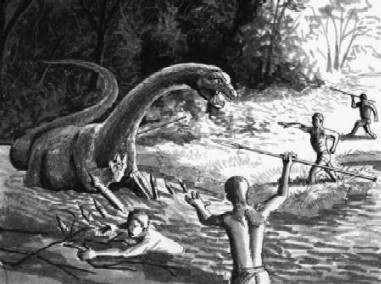
Mokele-mbembe being killed by Pygmies by Bill Rebsamen.
Cryptozoologist William Gibbons has news about his forthcoming book On The Track of Mokele-Mbembe: Africa’s Living Dinosaur, to be published in 2008, by Coachwhip:
I am continuing to work on the book, which is in three parts.
The first part covers the entire historical perspective on alleged living dinosaurs in Africa, including some wonderful never before published eye-witness accounts.
The second part of the book brings us up to date with modern expeditions and findings.
The third part of the book will focus on a few key cryptids that allegedly inhabit the Equatorial African region, including the giant spider. All the extended research and digging have been well worth it.
I found a very credible, first hand eye-witness account of Mokele-mbembe going back to 1890! Other close observations by Westerners were recorded from 1910 upwards, so it has been well worth the wait to unearth these little gems.
Plus, I now have very good photographs of famous key historical figures that I never thought I would ever find.
Mokele-mbembe by Bill Rebsamen. Click on image for a larger view.
Bill Rebsamen is working closely on the illustrations, including maps, charts, drawings and photographs.
This book will be a complete overview on the search for living dinosaurs in Africa, blending a little history on the continent, including some colonial era information. The book has been a real labor of love.
I know that Roy Mackal’s book, A Living Dinosaur? In Search of Mokele-mbembe will be hard to beat, but I am hoping that my book, On The Track of Mokele-mbembe, Africa’s Living Dinosaur, will be the very best, most up-to-date, most complete, most informative book ever written on this subject.
I have two other books planned on Africa cryptids and will start on these as soon as the new book is published. ~ Bill Gibbons
Other interesting items of note about cryptids, recently mentioned to me by Gibbons, may be included in his new book or the next ones:

Rev. Eugene Thomas and Sandy Thomas in 1986. Photograph courtesy of William Gibbons.
There are vague reports of giant, upright primates living deep in the Congo forest that are more fearsome than gorillas. I remember discussing this with the Aka pygmies in the Congo Republic back in 1986, through the late missionary, Gene Thomas. They may have been referring to the Bili Ape on the Belgian side of the Oubangui River as they also hunt there.
This is also a different creature than the much-feared Dodu, which is well known to the Baka in the Cameroon forests, and also appears to be present in the Congo forests.
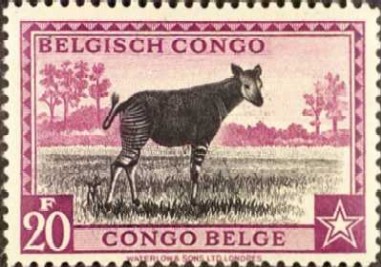
On another note, the Baka people in Cameroon have mentioned that the Okapi is present in the forest there, suggesting that its range may extend well beyond the Uturi forest of Congo-Kinshasa. ~ Bill Gibbons
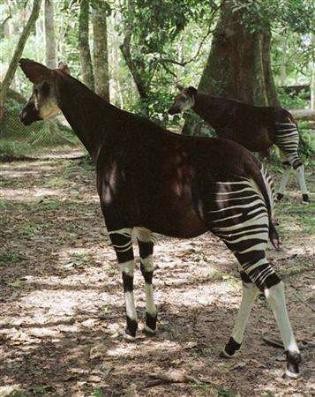
As far as the news of another book on Mokele-Mbembe, yes, John Kirk has one in the works too. But he tells me to not look for that before 2009 or 2010.
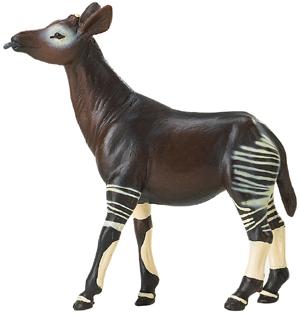
About Loren Coleman
Loren Coleman is one of the world’s leading cryptozoologists, some say “the” leading living cryptozoologist. Certainly, he is acknowledged as the current living American researcher and writer who has most popularized cryptozoology in the late 20th and early 21st centuries.
Starting his fieldwork and investigations in 1960, after traveling and trekking extensively in pursuit of cryptozoological mysteries, Coleman began writing to share his experiences in 1969. An honorary member of Ivan T. Sanderson’s Society for the Investigation of the Unexplained in the 1970s, Coleman has been bestowed with similar honorary memberships of the North Idaho College Cryptozoology Club in 1983, and in subsequent years, that of the British Columbia Scientific Cryptozoology Club, CryptoSafari International, and other international organizations. He was also a Life Member and Benefactor of the International Society of Cryptozoology (now-defunct).
Loren Coleman’s daily blog, as a member of the Cryptomundo Team, served as an ongoing avenue of communication for the ever-growing body of cryptozoo news from 2005 through 2013. He returned as an infrequent contributor beginning Halloween week of 2015.
Coleman is the founder in 2003, and current director of the International Cryptozoology Museum in Portland, Maine.

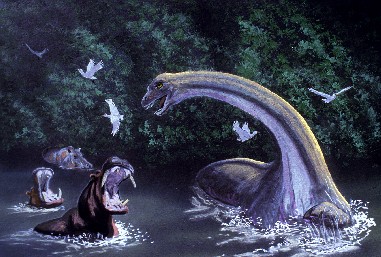









I don’t remember where I first heard about the bili apes (here or unknown country), but not only are they walking upright–they are intelligent as well. How recent are the drawings above? They look like something drawn near the beginning of dinosaur discovery when everyone thought there was such a thing as a brontosaur (like the movie Baby I believe it was called(?)).
Can anyone comment on the ‘giant spider’ mentioned in the post above? I don’t think I’ve ever read anything on it
In the BBC documentary ‘Congo’ the crew showed Congolese pygmies a wildlife book and they clearly identified a rhinoceros as mokele-mbembe. The same programme also showed how the jungle regularly recedes, leaving vast grassy plains, and then advances, leaving small pockets of isolated grassland. Mokele-mbembe is a folk memory from centuries ago when there was more grassland.
I haven’t seen or read anything that contradicts this, has anyone else?
The Bili apes were supposed to be Lion Killers, perhaps a new species, they had a sagittal crest like a Gorilla but otherwise was Chimp like. i believe thru DNA analysis it was determined to be a sub-species of the Central african Chimpanzee,( schweinfeldi)
I LOVED the movie Baby when I was a kid!
I have a very big soft spot for Mokele Mbembe, and I would really like it to be a living dinosaur deep in the Congo. However, my more adult knowledge of dinosaur physiology contradicts many of the things that make part of the Mokele legend. The Mokele seems right out of a XIX century paleontology book, when people used to think of these animals as big cold-blooded slow reptiles that dragged their tails on the floor and needed to live on lakes or rivers to support their weight. We now know these ideas were erroneous.
But there’s still room for hope, my inner child screams 🙂
Cool…
Yeah they called the Billi Apes “the king of (something)” or something to that extent, huh? Kind of similar to how some Native Americans refer to Sasquatch as the king of the animals, I think.
Yeah me too, I would love to know more about the Giant Spiders. What if they were so big that humans could get tangled up in their webs? lol
Haha, that would be humorous.
I’m not sure how large a tarantula-like spider can get without the exoskeleton breaking down under its own weight. The bird eaters are what, 12 to 14 inches across?
RED_PILL_JUNKIE:
My inner child is screaming too.
SAUSAGE1:
I don’t know about Mokele-mbembe, but I did read in KEN GERHARD’S book BIG BIRD! that natives in a certain part of Africa identified from a drawing of a pterosaur the flying creature that had been seen near the villages and would regularly attack them. Or something to that effect. Kent Hovind (Dr. Dino) also talked about once giving a lecture on living dinosaurs and being approached afterwards by a student from Kenya who claimed that pterosaur-like flying creatures were seen regularly near his village. The student also said he had no idea that this creatures were considered extinct. This bit of info is also form GERHARD’S book.
Maybe it is NOT a pterodactyl-type creature. Could actually be a giant, previously undiscovered bat. At least that is what Ivan Sanderson claimed was what attacked him on an expedition in 1932. Heuvelmans, as far as I know, also tended to think it was more of a giant bat. Whether it is a pterodactyl, giant bat, or giant bird, SOMETHING that is big and can fly is to be found in Africa.
BTW:
I’m aware that Hovind and others like him are considered “controversial.” I’m simply relaying information.
Hello. As regards the “giant spiders” of Africa, I recall reading about an incident reported by Ivan Sanderson where he was walking up a jungle trail and saw what he took to be a small, hunched old pygmy on the trail ahead of him. Apparently he rushed ahead to ask the “pygmy” a question and was horrified to see that the creature in question was actually an enormous giant spider! I will have to look through my books to locate the exact source, but this has always piqued my own curiosity as well…